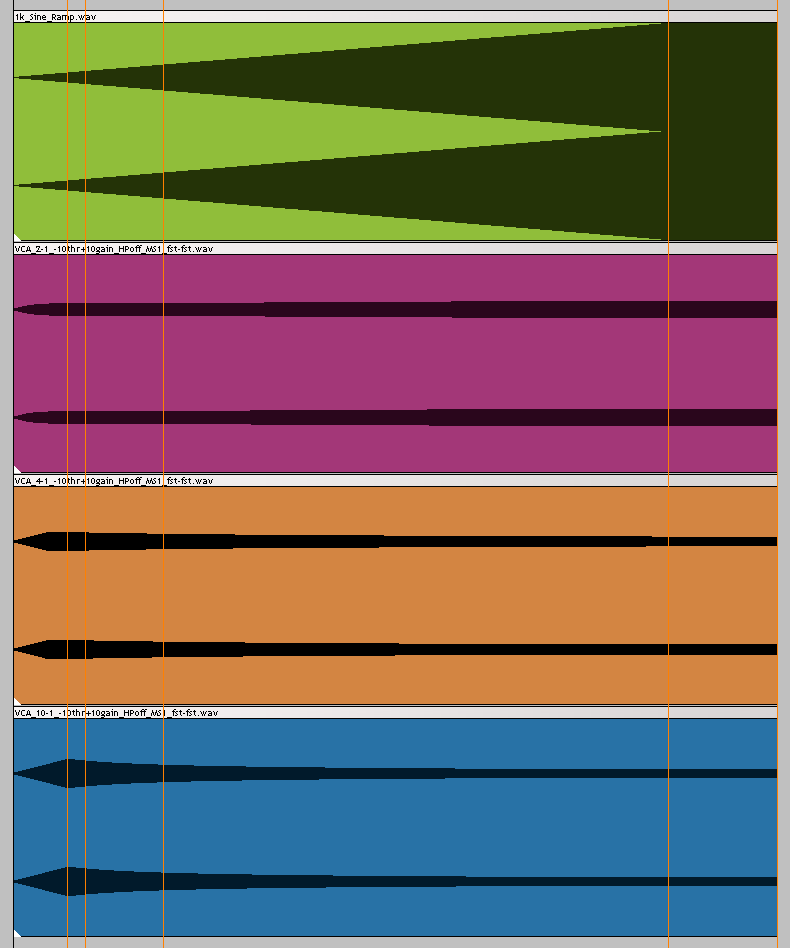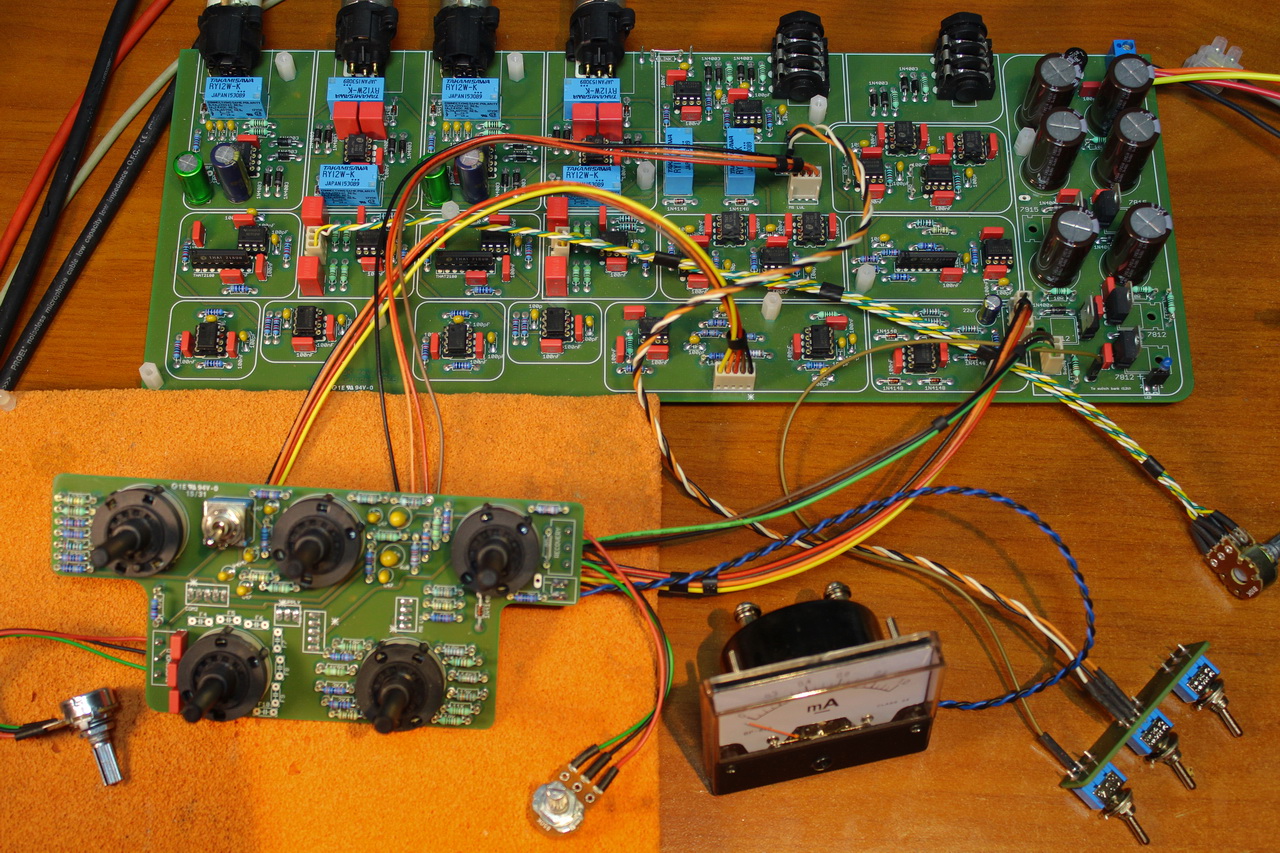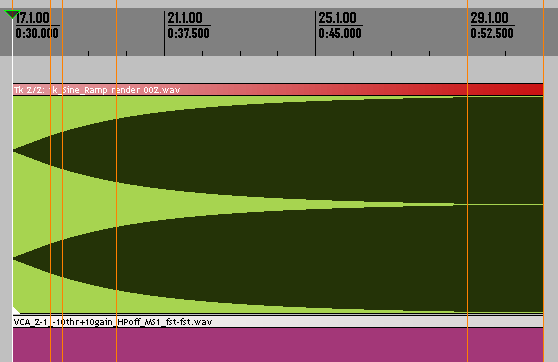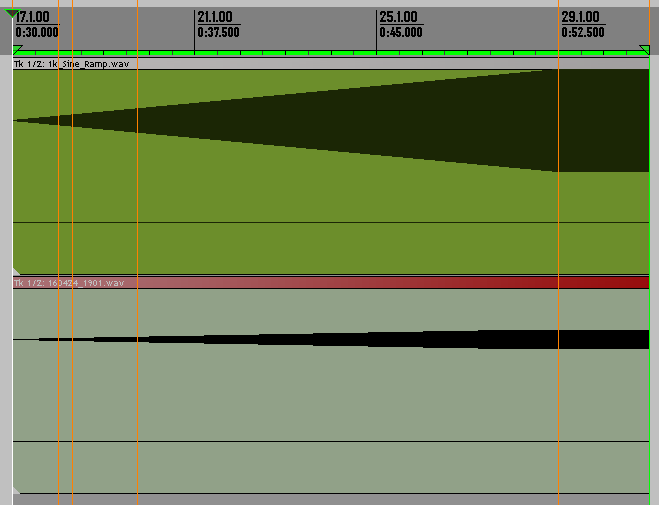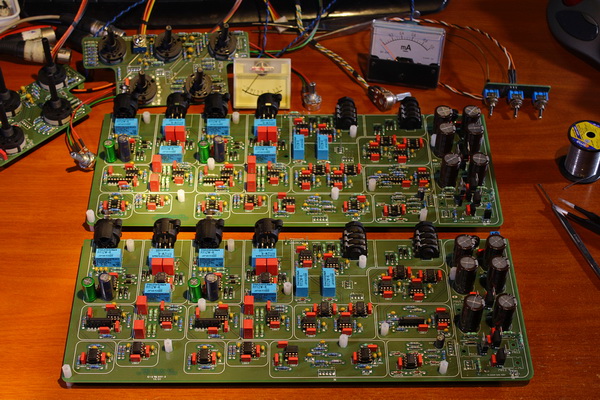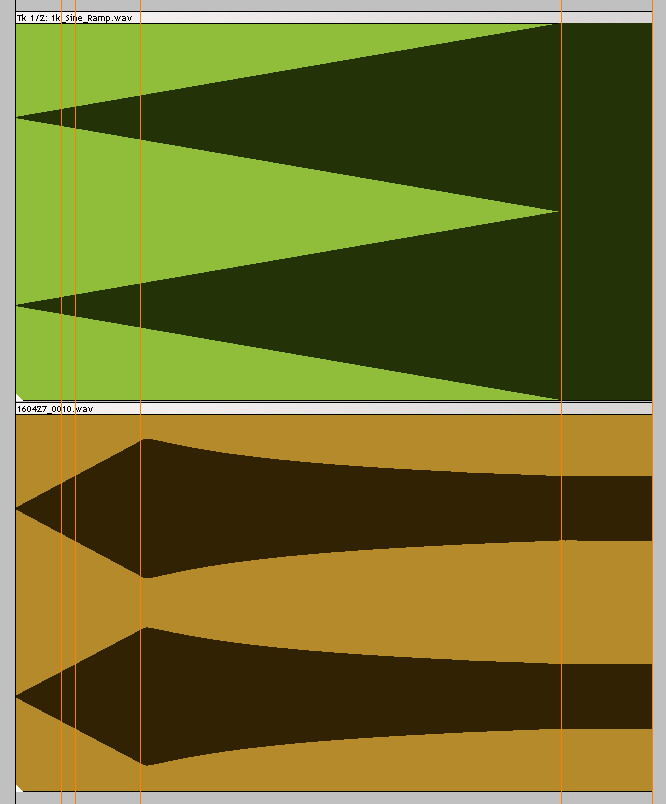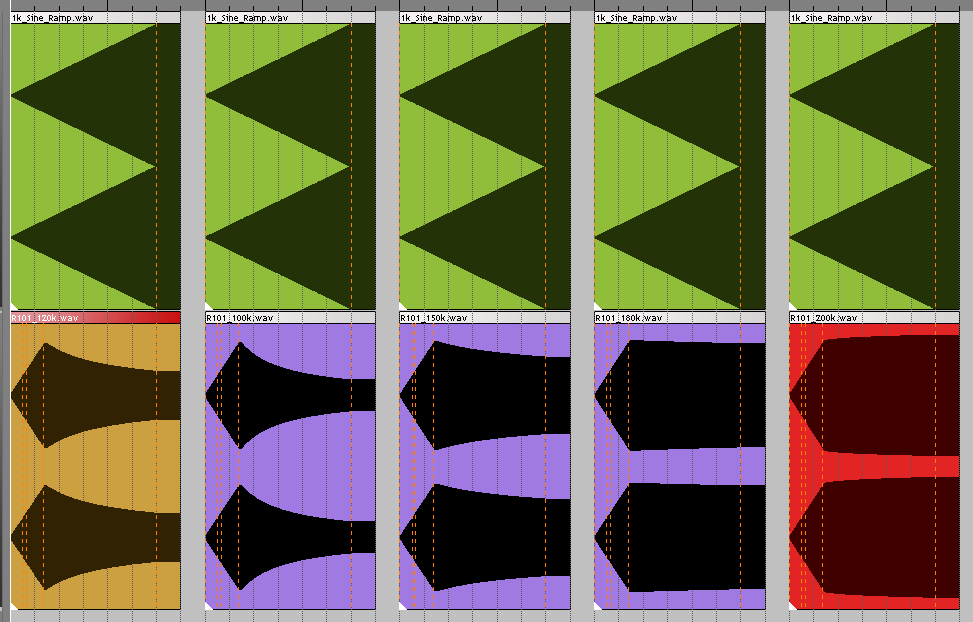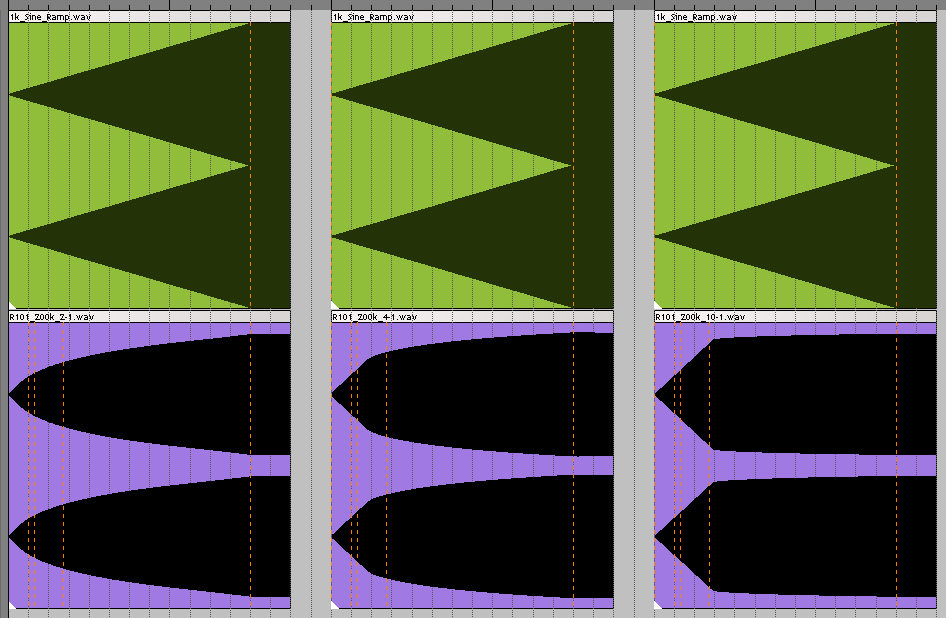Gustav said:In fact, you should see a level bump (not drop) in the center of the pot, where signals are summed.
The bypass is true, but my logic is to have relays "default" to the path they will be used most. So, no voltage to activate the relay = relay in default = relay switched into the signal path.
...
You can do a few cuts and add a few wires to the bypass relays to reverse this behaviour to your preference. Let me know if you need help with that!
Gustav
thanks Gustav, i actually got that bump in center position, and thats what id like to get rid of. and the level drop of full WET compared to Blend OFF mode.
now as we just had a life saving surgery in my Family my head is a bit off.. so i would be thankful for some drawing on that bypass mod.
one more thing that i must change : the direction of the Bypass switch is the opposite of what i prefer. i think its always a good idea to leave extra pins for users to choose (there is room on the PCB) - but i know its your design, your decisions.
but im still happy, and already started building the 2nd ard 3rd units too.




